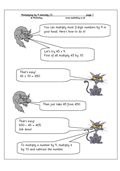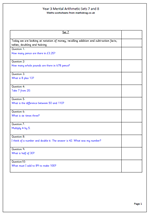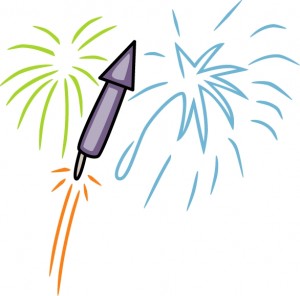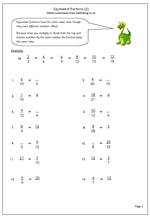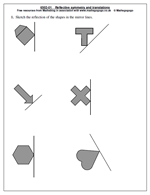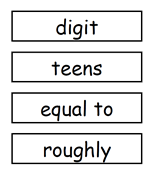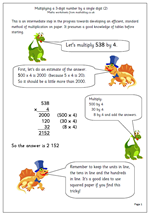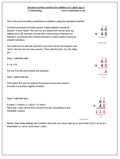A great deal is made of written methods of multiplication but it all depends on having good mental arithmetic skills.In fact much that might be done on paper can actually be done ‘in your head’.
A good example of this is that you can multiply most 2-digit numbers by 9 in your head. The most efficient way to do this is to multiply the number by ten and then subtract the number. For example:
46 x 9
First of all multiply 46 by 10 which is 460.
Then subtract 46 from 460 which is 414.
This maths worksheet shows how to do this and then gives some practice questions – but, a word of warning, you do have to be pretty good at subtraction to use this method.
Thgis, and much more can be found in the Four Rules category.
